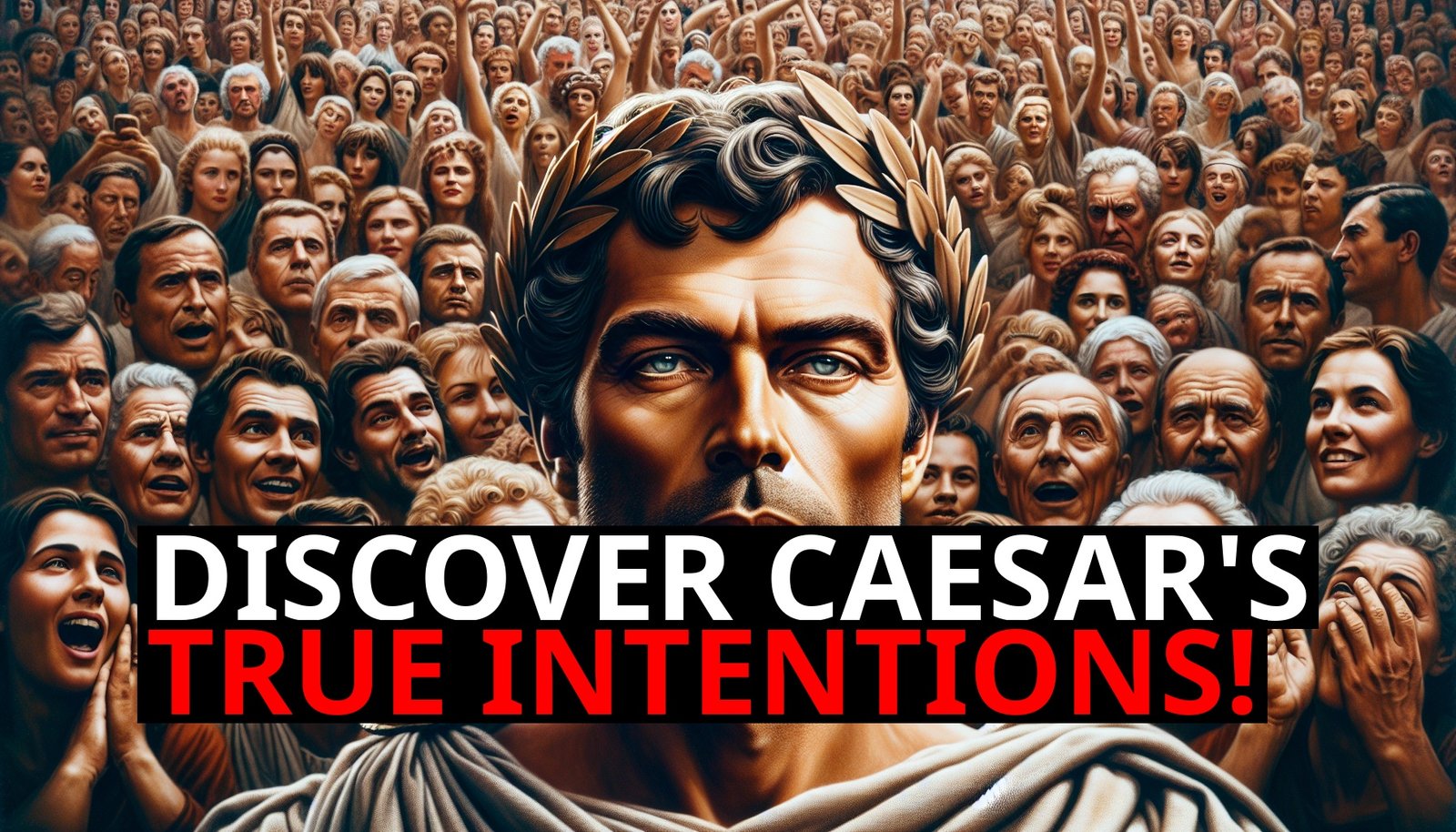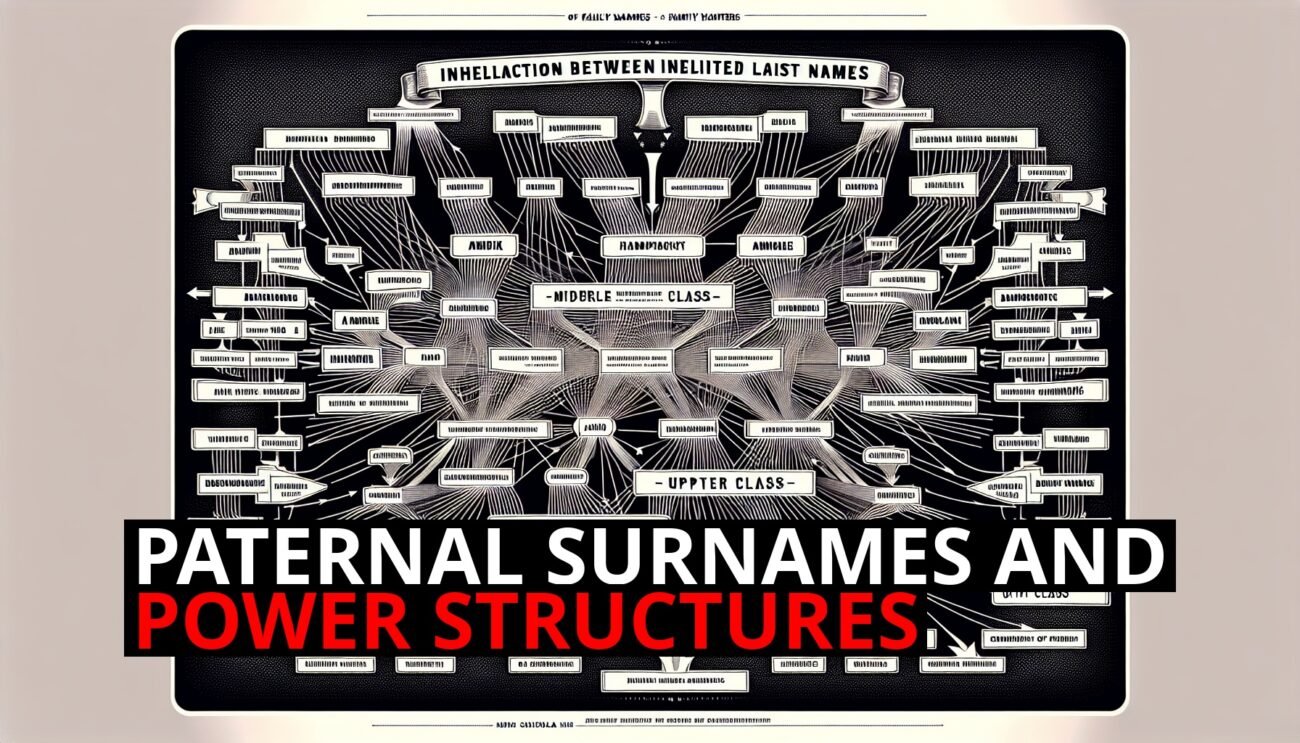Julius Caesar. The name evokes images of ambition, brilliance, and ultimate power. But was Caesar truly the power-hungry dictator many have painted him to be? Or was his rise to power something more nuanced—a reflection of the people’s will rather than a tyrannical coup? Today, we’ll explore whether Caesar truly seized power or whether it was handed to him by a Roman society desperate for reform.
To answer this, we first need to understand the reality of Roman politics. The Roman Republic is often lauded as a democratic system, where citizens had a voice and the Senate represented the will of the people. But in truth, it functioned more like an oligarchy. The Senate was dominated by a small, wealthy elite who made decisions to serve their own interests. The majority of Roman citizens, especially the plebeians, had little influence over the state’s direction. Their needs were often neglected, with policies that favored the aristocracy and left common citizens struggling.
Enter Julius Caesar, a general whose military triumphs and promises of reform captivated the Roman masses. His land redistribution programs, debt relief measures, and other reforms directly addressed the concerns of ordinary citizens. For the Senate, Caesar was a threat—not because of personal ambition, but because he was popular. And in the eyes of the Senate, a leader with widespread popular support was far more dangerous than any military commander.
So, how did Caesar win the hearts of the Roman people? His military successes, especially in the Gallic Wars, solidified his status as a hero among Rome’s working class. He became a symbol of strength and victory, a man who could defend Rome and give back to its citizens. Beyond his battlefield achievements, Caesar’s policies, such as providing land to veterans and addressing debt, resonated with the masses. He wasn’t just a general; he was a leader who promised real change in a system that was increasingly seen as corrupt and unresponsive.
This support came to a head in 49 BCE when Caesar crossed the Rubicon River, an action that would forever change Roman history. But contrary to popular belief, Caesar wasn’t merely marching on Rome as a power-hungry usurper. He marched with the support of his loyal legions and a significant portion of the Roman population. This wasn’t a Vitellius-style takeover, where sheer military might was the only force in play. Caesar’s rise to power was supported by the will of the people, a point often overshadowed by the Senate’s portrayal of him as a dictator.
To understand the difference between a true power grab and Caesar’s rise, we can compare his actions to those of Vitellius, a general who rose to power in 69 CE during the chaotic Year of the Four Emperors. Unlike Caesar, Vitellius had no popular support. He seized control of Rome purely by force, leading his legions into the city without any regard for the will of the people. His reign was marked by excess, greed, and incompetence. Vitellius is a textbook example of a power grab—seizing control for personal gain without any real pretense of public backing.
Caesar’s rise was far more complex. He didn’t forcefully take power from a functioning system—he stepped into a political vacuum created by a broken Republic, a system that no longer served the people’s needs. While the Senate accused him of being a tyrant, their accusations were rooted more in their fear of losing power than in any real defense of democracy.
The Roman Senate, long an exclusive club of aristocrats, had maintained control by prioritizing their own interests over those of the broader public. So when Caesar emerged with widespread popular support and began enacting reforms that threatened their hold on power, the Senate acted swiftly, branding him a dictator. But in truth, their resistance to Caesar was more about preserving their own influence than protecting the Republic.
This leads us to an important question: Can a leader really be called a “power grabber” if the people wanted him to take control? Caesar’s reforms were aimed at addressing critical issues—land ownership, debt, and veteran welfare—problems that the Senate had ignored for years. While Caesar’s crossing of the Rubicon and his eventual march on Rome are often cited as acts of aggression, they were, in many ways, the culmination of years of popular support. The Senate had refused to recognize the people’s desire for change, leaving Caesar as the only leader willing to step up and offer real solutions.
In that sense, labeling Caesar as a power grabber is not only inaccurate, but it also ignores the deeper political dynamics at play in the late Roman Republic. The Senate’s refusal to address the needs of the people left a void, and Caesar filled it. His march on Rome was not a reckless act of ambition but the inevitable outcome of a broken system and years of public support for his leadership.
In the end, what can we say about Julius Caesar’s legacy? Was he a reformer, or a usurper? The answer is, perhaps, both. But to view Caesar merely as a power-hungry dictator is to overlook the reality of his rise. His power didn’t come purely from military force; it came from the people. His reforms were designed to fix the very real inequalities that plagued Roman society. The Senate’s opposition wasn’t about protecting democracy—it was about protecting their own status.
Unlike Vitellius, who ruled without the support of the people, Caesar’s power came from those he sought to serve. His legacy, while controversial, endures not because of how he seized power, but because he represented the will of the people in a system that had long ignored them.
So, was Julius Caesar a champion of the people or a power grabber? The truth lies somewhere in between. But if history tells us anything, it’s that Caesar’s rise was not despite the people—it was because of them.
If you found this exploration of Roman history intriguing, be sure to like, subscribe, and stay tuned for more insights into the past that continue to shape our world today.













